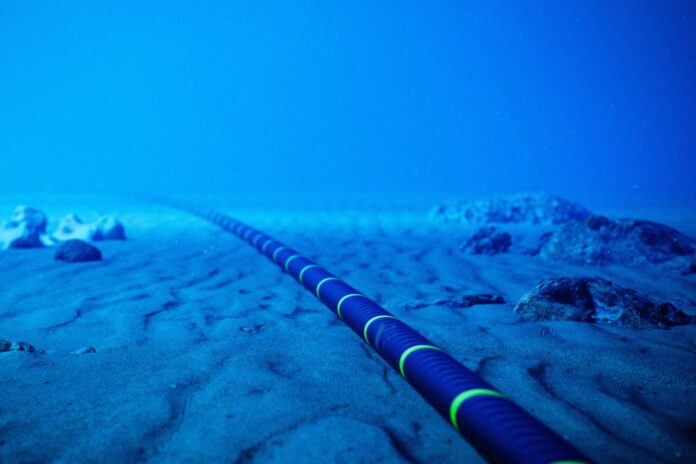In the escalating tensions surrounding Yemen, the Houthis, a rebel group controlling much of the country, have purportedly threatened to sabotage crucial undersea communication cables running through the Red Sea.
This threat comes in the wake of ongoing US-led airstrikes targeting Houthi missile and drone launch sites, which the group claims are in retaliation for attacks on international shipping in the Red Sea and Gulf of Aden, allegedly in support of Palestinians in Gaza.
Yemen’s legitimate, UN-recognized government based in Aden has sounded the alarm, cautioning about the potential sabotage of undersea cables critical for global internet connectivity.
A map displaying undersea cable routes in the Red Sea was reportedly shared on the Telegram messaging app on a channel associated with the Houthis, raising concerns about the group’s intentions.
While the Houthis have boasted of possessing maps detailing the undersea cable routes, experts express scepticism regarding their ability to carry out such an operation.
Rear Admiral John Gower, a former Royal Navy submarine commander, deems the threat a bluff, citing the logistical challenges involved in reaching the cables, which lie hundreds of meters below the surface.
Although the United States and Russia are believed to possess the naval capabilities required to sever undersea cables, Gower asserts that it would be considerably more challenging for the Houthis to do so without assistance.
He emphasizes the necessity of an ally with specialized equipment and expertise, casting doubt on Iran’s ability to facilitate such an operation.
Former Royal Navy Commander Tom Sharpe echoes Gower’s sentiments, emphasizing the lack of evidence in the Iranian arsenal capable of reaching the undersea cables.
Despite the Houthis’ alliance with Iran and support from entities like the Iranian Revolutionary Guard Corps and Hezbollah, Sharpe maintains that diving to sabotage the cables is implausible given the depth and traffic in the region.
The Houthis’ history of launching missiles and drones at various targets, including ships from Saudi Arabia, the UAE, Israel, the US, and the UK, underscores their willingness to engage in asymmetric warfare.
However, experts believe that sabotaging undersea cables represents a more complex endeavour, requiring resources and capabilities beyond the Houthi’s current reach.
In light of these assessments, the threat posed by the Houthis to undersea communication cables is viewed with scepticism by military and maritime experts.
While tensions continue to simmer in Yemen and the surrounding region, the feasibility of such an operation remains uncertain, with analysts cautioning against overestimating the group’s capabilities.
As geopolitical dynamics evolve and regional tensions persist, vigilance and diplomatic efforts remain crucial in averting potential disruptions to global communication networks.
This article war created using automation technology and was thoroughly edited and fact-checked by one of our editorial staff members

